
Smart Pill Dispensing Electronics: From Missed Doses to Mission Control
Global electronic component supplier ERSAELECTRONICS: Rich inventory for one-stop shopping. Inquire easily, and receive fast, customized solutions and quotes.
If The Mandalorian had a health-tech side quest, it would be Smart Pill Dispensing: precise timing, airtight logistics, and a gadget that works every single day without drama. No Space Wizard required—just good sensors, honest power rails, and firmware that never gaslights your alarm clock.
Disclaimer: Engineering guide only—no clinical claims. Smart Pill Dispensing devices may be regulated medical devices in many markets. Follow risk management (ISO 14971), software lifecycle (IEC 62304), usability (IEC 62366), electrical safety/EMC (IEC 60601-1/-1-11/-1-2 or applicable), cybersecurity guidance, privacy laws (HIPAA/GDPR), and local regulations.
Table of Contents
1) The Why: What Smart Pill Dispensing Fixes (and why it’s hard)
Smart Pill Dispensing exists because adherence is fragile: life happens, time zones shift, pill bottles look alike, and “I’ll take it later” is a cliffhanger that rarely gets a Season 2. The electronics job is simple on paper—release the right meds at the right time, confirm they were retrieved, and prove it—but the execution lives in a swamp of edge cases:
- Multiple medications, shapes, coatings, and static-cling pill dust.
- Caregivers, time zones, and daylight-saving chaos.
- Connectivity that works in basements and rural kitchens.
- Safety: kids, pets, moisture, jams, counterfeit cartridges, battery fatigue.
- Privacy: who sees adherence, and when?
Smart Pill Dispensing wins when it’s boringly reliable, easy to live with, and obviously safer than a sticky note taped to a bottle.
2) Success Metrics & Requirements (Reality > vibes)
- On-time accuracy: dispense window tolerance (e.g., ±2–5 minutes), drift-free RTC.
- Verification: dual-modality confirmation (e.g., weight + optical) for “dose released” vs “dose retrieved.”
- Uptime: ≥99.5% field uptime; robust against Wi-Fi loss (offline schedule cache).
- Battery life: multi-day to multi-week on Li-ion; safe brownout behavior.
- Safety: jam detection, child lock, tilt/anti-spill policy, de-risked over-dispense.
- Security: secure boot, signed updates, TLS, hardware root of trust.
- Usability: big fonts, one-tap confirm, multilingual prompts, accessible tones.
- Serviceability: logs, self-test, cartridge serial/lot traceability.
3) System Architecture: From tablet to cloud without losing your place
A practical Smart Pill Dispensing stack:
- Mechanics & actuators: cartridge/cassette/carousel + stepper/DC/servo + encoder/Hall sensors + anti-jam geometry.
- Sensing layer: load cell for weight, optical break-beam / reflective IR for passage, lid switch, tamper, humidity/temperature, accelerometer for tilt/movement.
- Compute: ultra-low-power MCU (schedule, control, local logs), optional MPU for UI/AI.
- Connectivity: BLE for phone pairing, Wi-Fi for home, optional LTE-M/NB-IoT fallback; NFC/RFID for cartridge ID.
- Power: Li-ion pack + charger/fuel gauge, multiple buck/buck-boost rails, quiet LDOs for analog.
- Security: Secure element (ATECC608A, SE050) + secure boot + encrypted storage.
- Cloud/app: schedule sync (MQTT/HTTPS), notifications, caregiver portal, analytics.
- Compliance fabric: event logs, immutable timestamps, audit trail export.
.png?x-oss-process=image/auto-orient,1/quality,q_70/format,webp)
4) Sensing the Story: Inventory, dispense, and retrieval detection
Inventory:
- Load cell + 24-bit ADC (e.g., NAU7802, HX711, AD7190) under the cassette or on individual bins.
- Optical counting: reflective IR (Vishay TCRT5000), break-beam (Everlight IR LED + phototransistor), or ToF (ST VL53L0X) for passage confirmation.
- Color/ID: camera is overkill; NFC/RFID (NXP NTAG213/216, ST25DV) gives cartridge type/lot.
- Humidity & temp: SHT31/SHTC3 or HDC1080 keep tabs on pill stability.
Dispense detection:
- Dual confirmation: optical event + weight delta to get true positives and ignore “pill bounce.”
- Anti-jam: motor current spike (INA219/INA226/INA260), encoder stall, door not open → back-off + retry policy.
Retrieval detection:
- Lid/door sensors (hall switch A3144, reed, or microswitch) + accelerometer (LIS3DH) to confirm hand interaction.
- Optional presence tray load cell for “pill still here” nudge after N minutes.
Tamper:
- Side-panel micro-switches behind screws, case IMU for unusual movement (shake/flip), cartridge latch switch.
- Smart Pill Dispensing logs each tamper attempt with timestamp + reason code.
5) Mechanics & Actuators: Carousels, cassettes, hoppers, and jam-proof motion
Mechanism choices:
- Carousel (multi-bin rotating disc): simple, predictable; needs absolute home index + detent; pills must be tolerant of gentle rotation.
- Cassette (linear lanes with gates): great for mixed meds; gates actuated by mini-solenoids (TI DRV110 control) or micro-servos; sensing at each chute.
- Hopper + screw/spiral: compact for single med; design for coatings and friability.
Actuators & drivers:
- Stepper: precise bin alignment; drivers like TI DRV8825/DRV8834, Allegro A4988, Trinamic TMC2208 for quiet microstepping.
- Brushed DC + encoder: cheap + fast; drivers DRV8833/DRV8837, current sense for stall.
- Servo (SG-class micro-servo) with PWM (use timer).
- Solenoid for gates; low-loss MOSFETs (e.g., Vishay Si2302) + flyback + DRV110 for pull-in/hold power saving.
Jam physics: Draft with pill diameter + 2× clearance, surface energy (PTFE liners help), chamfers on corners, and vibration micro-pulse (short motor jiggle) when optical says “stuck.”
Child lock: mechanical latch + motorized deadbolt or solenoid, with RTC windowed unlock.
6) Power & Battery: PMICs, chargers, fuel gauging, and thermal sanity
Battery pack: single-cell Li-ion/Li-Po with NTC.
Charging: TI BQ25895 (buck charger, 5–12 V input), or BQ24074 for 5 V USB.
Fuel gauge: MAX17048, BQ27441 (impedance track).
Protection: BQ29700 (secondary protector), resettable fuse on input.
DC/DC rails:
- Logic: TPS62177 buck → 3.3 V.
- Motors/solenoids: TPS61023 boost or TPS63070 buck-boost.
- Analog: quiet ADP7102/TPS7A20 LDO rails for load cell/ADC.
Power integrity:
- Keep motor returns off the ADC ground; star ground + LC filters.
- Brownout: ride-through with supercap on RTC; “safe stop” state machine.
Thermals:
- 45–50 °C pack limit with derates; TMP117 sensor near pack; charge taper on hot days.
- Smart Pill Dispensing should never feel hot to the touch; log thermal events.
.png?x-oss-process=image/auto-orient,1/quality,q_70/format,webp)
7) Compute & Connectivity: MCU/MPU, BLE/Wi-Fi/LTE-M, security silicon
MCU class:
- STM32U5/L4/L5, nRF52840 (BLE SoC), ESP32-S3 (Wi-Fi + BLE), NXP i.MX RT (crossover).
- If UI-heavy (touch + animations), add a small MPU or pick ESP32-S3 with PSRAM.
Connectivity options:
- BLE for phone pairing (nRF52/ESP32).
- Wi-Fi for home cloud sync (ESP32 or module like u-blox NINA-W10).
- LTE-M/NB-IoT fallback (Quectel BG95, u-blox SARA-R4) with eSIM optional.
- NFC/RFID (NXP NTAG213/216, ST25DV) to authenticate Smart Pill Dispensing cartridges.
Security:
- Secure element Microchip ATECC608A or NXP SE050 for TLS keys + attestation.
- Secure boot, signed OTA, encrypted flash (AES-GCM), rolling nonces for logs.
- BLE pairing with LE Secure Connections, Wi-Fi WPA2/WPA3, MQTT over TLS 1.2+.
Time:
- DS3231 or PCF8523 RTC + coin cell; NTP sync when online; DST rules cached.
- Smart Pill Dispensing must survive unplug + airplane-mode week without losing the schedule.
8) UI/UX & Accessibility: Alerts that help, not haunt
- Human schedule language: “Today 8:00 AM—2 tablets of X; 8:00 PM—1 tablet of Y.”
- Modalities: display (OLED/e-paper), speaker (TPA2016D2), haptics, LED ring (IS31FL3731) with color-blind safe palette.
- Acknowledge flow: big Confirm button + Snooze (15 min) + I’m traveling (time-zone safe).
- Accessibility: high-contrast mode, font ≥18 pt, spoken prompts; glove-friendly buttons.
- Caregiver loop: optional “soft ping” to caregiver if two consecutive misses.
- Privacy by default: no med names on the public screen unless opted-in.
9) Firmware & Algorithms: Scheduling, adherence, anomaly and failsafes
Scheduling engine:
- Time-zone safe, DST modeled, silence windows (sleep), PRN meds (“as needed”) tracked separately.
- Conflict resolver: overlapping meds → stagger within clinician-safe window.
- Missed-dose policy: retry once, escalate to caregiver, never dispense double unless approved protocol.
Adherence analytics:
- Rolling 7/30-day score, dose-time variance, late-night spikes → show patterns gently.
- Optional machine-learning nudge: “60% of your late doses happen on Sundays after 20:00—shall we shift?”
Anomaly detection:
- Weight-without-open (possible spill), open-without-weight (curiosity), tilt-during-dispense (oops).
- Smart Pill Dispensing flags anomalies with a friendly prompt and logs reason codes.
Failsafes:
- Watchdog, brownout handler, safe motion stop, jam back-off, cartridge present? check on schedule tick.
- OTA with A/B partitions; rollback on failed boot.
.png?x-oss-process=image/auto-orient,1/quality,q_70/format,webp)
10) Safety, Regulatory & Cybersecurity: Boring on purpose
- Electrical & EMC: often IEC 60601-1 (medical), -1-2 (EMC), -1-11 (home use). Some consumer-grade designs fall under 62368-1—confirm with your regulatory team.
- Usability (IEC 62366): alarms, icons, color semantics validated with real users.
- Software (IEC 62304): requirements-traceable code + unit/integration/system tests.
- Risk (ISO 14971): hazard analysis (over-dispense, missed dose, child access, moisture).
- Biocompatibility (ISO 10993) for pill-contact plastics / coatings.
- Cybersecurity: follow FDA premarket cybersecurity guidance, UL 2900-1 where applicable; SBOM for third-party libs; security updates commitment.
- Privacy: HIPAA/GDPR principles; data minimization, encryption at rest and in transit, access logs.
11) Data, Cloud & Integration: HL7 FHIR, privacy, and offline smarts
- Protocols: MQTT (QoS 1) over TLS for eventing; HTTPS/REST for configs; exponential backoff.
- Data model: device → doses, attempts, reasons, sensor streams (weight, optical events), errors, firmware version.
- Integrations: HL7 FHIR MedicationRequest/MedicationStatement, caregiver portals, EHR connectors (through proper agreements).
- Edge caching: 30–90 days local logs (FRAM MB85RS), upload when connected.
- Notifications: push via phone app first; SMS voice calls as last resort.
- Analytics: cohort stats anonymized; Smart Pill Dispensing never exposes identity in aggregate.
12) Manufacturing, Calibration & Ops: From EVT to the living room
- DFM: self-locating plastics, slope on pill paths, screw bosses with metal inserts, desiccant dock.
- DFT: bed-of-nails for PCBA, test pads on ADC inputs and motor phases, bootloader test command.
- Calibration: 3-point weight curve (0/half/full), optical threshold autocal, RTC offset.
- Traceability: cartridge UID, lot, expiry; device serial + MAC + cert ID.
- Packaging: drop/tilt protection, humidity control, tamper-evident seals.
- Global ops: multi-plug PSUs, multilingual IFUs, e-labels, regional cellular SKUs.
.png?x-oss-process=image/auto-orient,1/quality,q_70/format,webp)
13) Verification & Validation: Proof beats vibes (again)
- Electrical: rail ripple under motor load, surge/ESD, battery life under worst case.
- Mechanical: jam rate across pill geometries, chute wear after 5k cycles, drop (1 m) and tumble tests.
- Environmental: 10–40 °C, 20–80% RH, dust ingress, UV yellowing for translucent windows.
- EMC/Radio: pre-scan emissions with motor running + Wi-Fi Tx; coexistence BLE/Wi-Fi/cellular.
- Usability: formative + summative with older adults; tone audibility; color-blind validation.
- Software: requirements → tests; fault injection (ADC stuck, sensor open); OTA rollback tested.
- Field trials: pilot cohort; measure adherence lift, alarm fatigue, caregiver workload.
14) Sample BOM (by function, with component examples)
Parts below are examples—verify ratings, lifecycle, availability, and regulatory fit.
Compute & Security
- MCU: STM32U5/L5/L4, nRF52840, ESP32-S3, i.MX RT1062
- Secure element: Microchip ATECC608A, NXP SE050
- RTC: DS3231, PCF8523
- Memory: Winbond W25Q128 (QSPI), MB85RS FRAM
Connectivity
- Wi-Fi/BLE: ESP32-S3 module (NINA-W10 alt)
- Cellular: Quectel BG95, u-blox SARA-R4
- NFC/RFID: NXP NTAG213/216, ST25DV
Sensing
- Load cell ADC: NAU7802, HX711, AD7190
- Current sense: INA219/INA226/INA260
- Optical: TCRT5000, TSL2591, VL53L0X (ToF)
- Humidity/Temp: SHT31/SHTC3, HDC1080
- Motion: LIS3DH accelerometer
- Hall/reed: A3144 + magnet
Actuation
- Stepper driver: DRV8825/DRV8834, A4988, TMC2208
- DC motor driver: DRV8833/DRV8837
- Solenoid control: DRV110
- MOSFETs: Si2302 (or similar low-RDS(on))
Power
- Charger: BQ25895, BQ24074
- Fuel gauge: MAX17048, BQ27441
- Bucks/Buck-boost: TPS62177, TPS63070, TPS61023
- LDOs: ADP7102, TPS7A20
- Protection: BQ29700, resettable fuse
- Temp sensor: TMP117
UI
- OLED: SSD1306 128×64 or e-paper module
- LED matrix/driver: IS31FL3731, status RGBs
- Audio amp: TPA2016D2 buzzer/mini-speaker
ESD/EMC & Passive
- TVS: Semtech RClamp, Nexperia PESD5V
- Chokes: Murata DLW CM chokes, TDK inductors
- Connectors: locking DC in, tamper reed, service USB-C (data gated)
15) Field Notes & Failure Modes
- The Pill Dust Problem: optical sensors drift; add auto-zero at door close and gentle air-path design.
- Time-zone Teleportation: trip resets after travel; RTC + NTP + human-readable “you moved time zones” prompt.
- BLE Ghosts: pair once, store bonded keys, show a UI hint to unpair on phone replacement.
- Battery Sneak-outs: charger left unplugged; implement weekly self-test announcement when SOC < 25%.
- Over-dispense Fear: state machine never allows second dispense without retrieval acknowledgement; caregiver override logged.
- Moisture Creep: use desiccant drawer; place humidity sensor near pills; log high-RH days.
- Child Curiosity: lock + IMU; if device tips while locked, alarm gently and message caregiver.
.png?x-oss-process=image/auto-orient,1/quality,q_70/format,webp)
16) Glossary (fast look-ups)
- Smart Pill Dispensing — electronics + mechanics that schedule, release, confirm, and log medication doses.
- Adherence — how closely real-world intake matches the regimen.
- REM — (here) retrieval event monitoring; not electrosurgery’s pad monitor.
- FRAM — fast non-volatile memory, friendly to frequent writes.
- ToF — time-of-flight ranging sensor for near-field detection.
- RTC — real-time clock; must survive power loss and DST drama.
- SBOM — software bill of materials; cybersecurity transparency.
Closing (use as CTA)
ERSA ELECTRONICS supplies the parts that make Smart Pill Dispensing reliable: MCUs & secure elements, load-cell ADCs, optical sensors, BLE/Wi-Fi/LTE modules, stepper/DC drivers, PMICs/chargers/fuel gauges, EMC/ESD protection, and NFC/RFID for cartridge ID—plus BOM reviews, cross-brand alternatives, anti-counterfeit QA, and global logistics.
Send your BOM—get cross-parts & lead-time in 24 h.


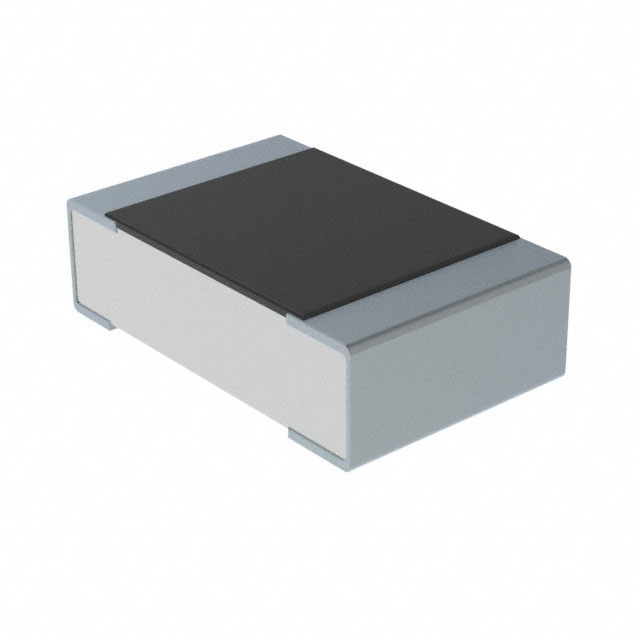
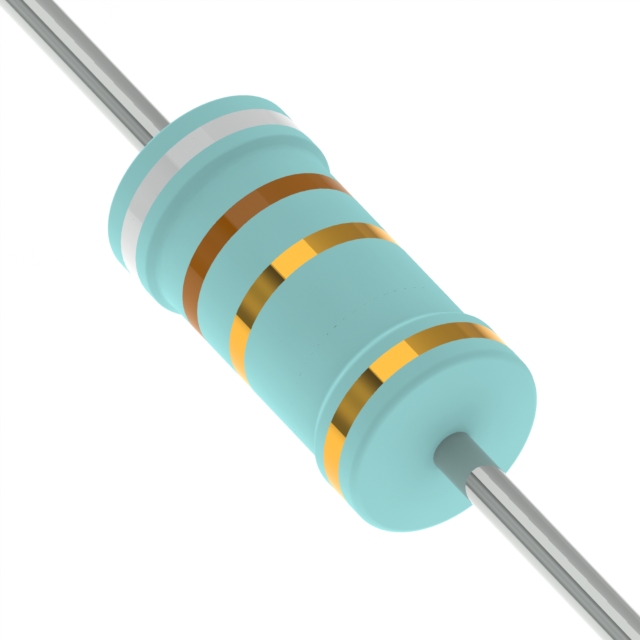
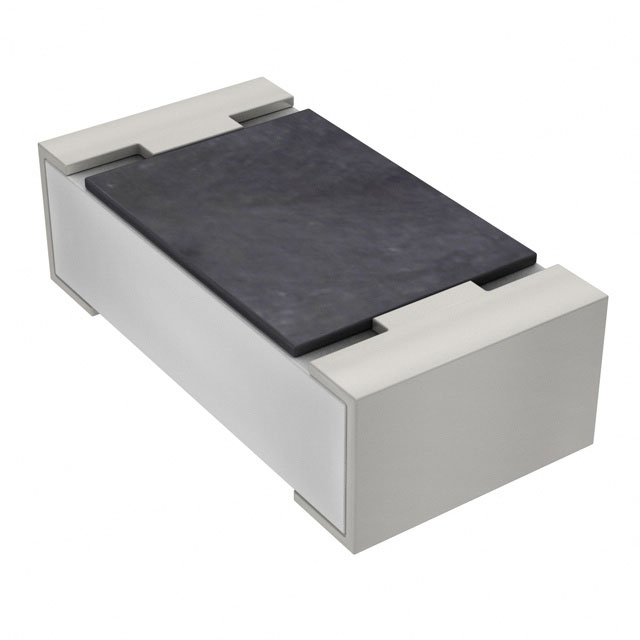
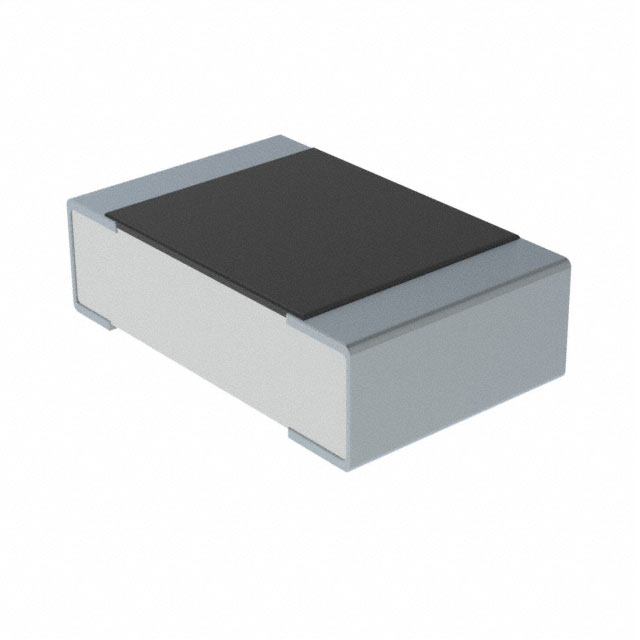






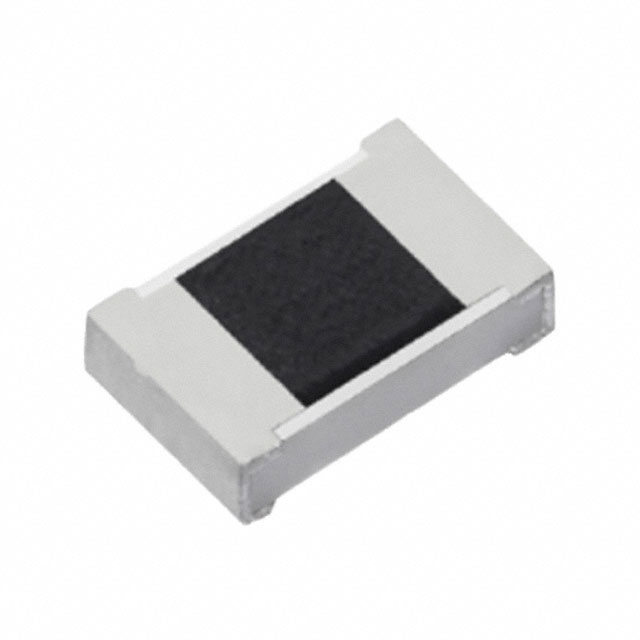






.png?x-oss-process=image/format,webp/resize,h_32)










